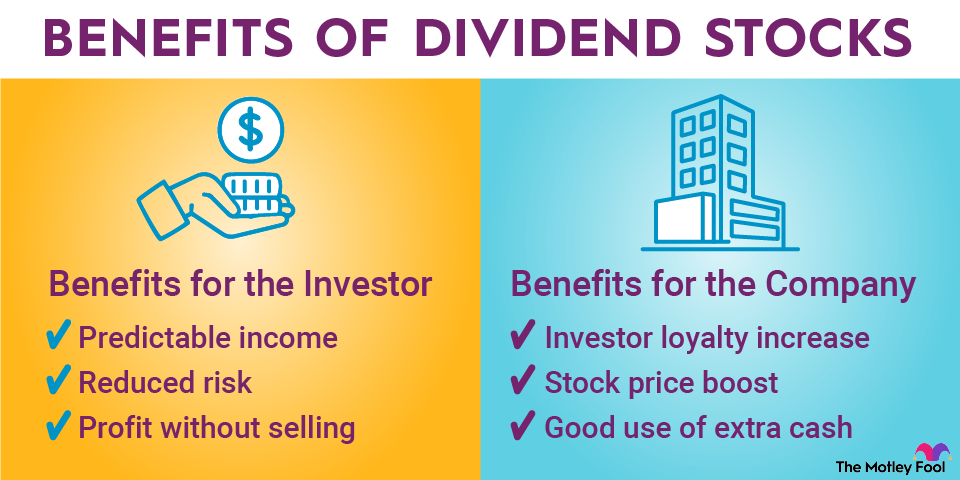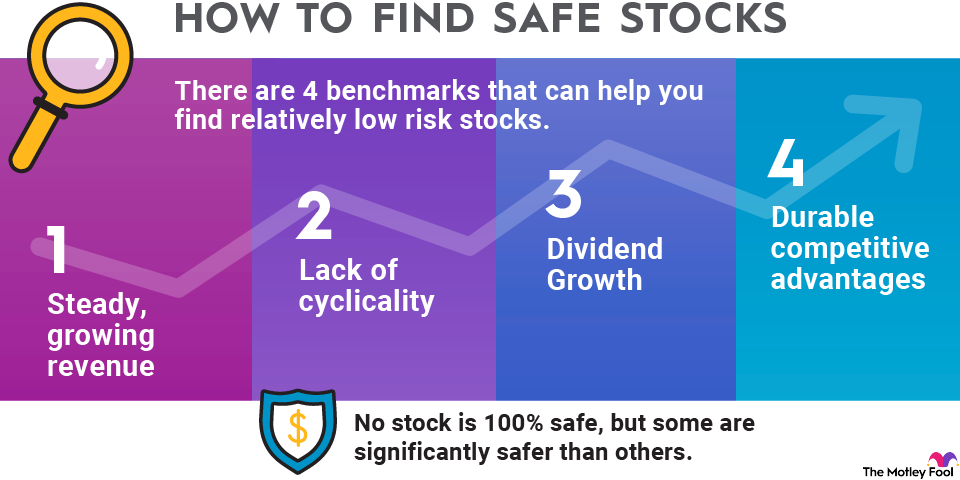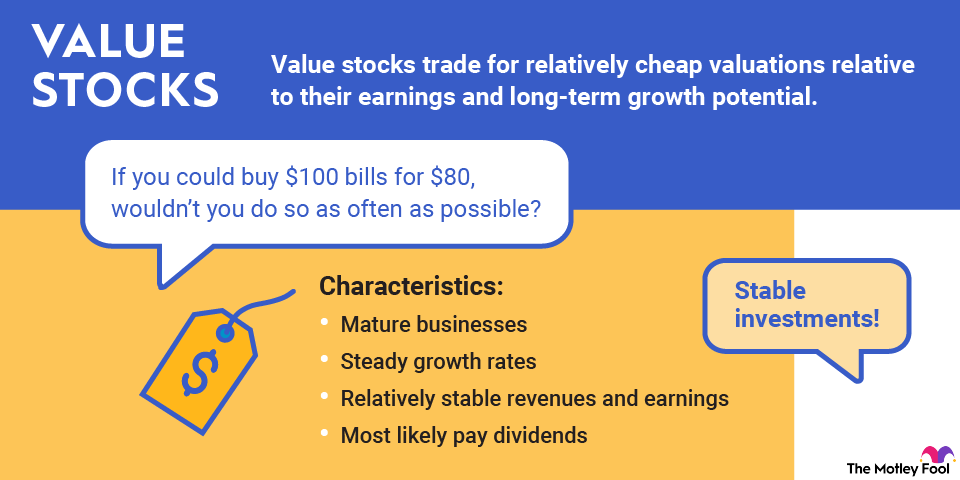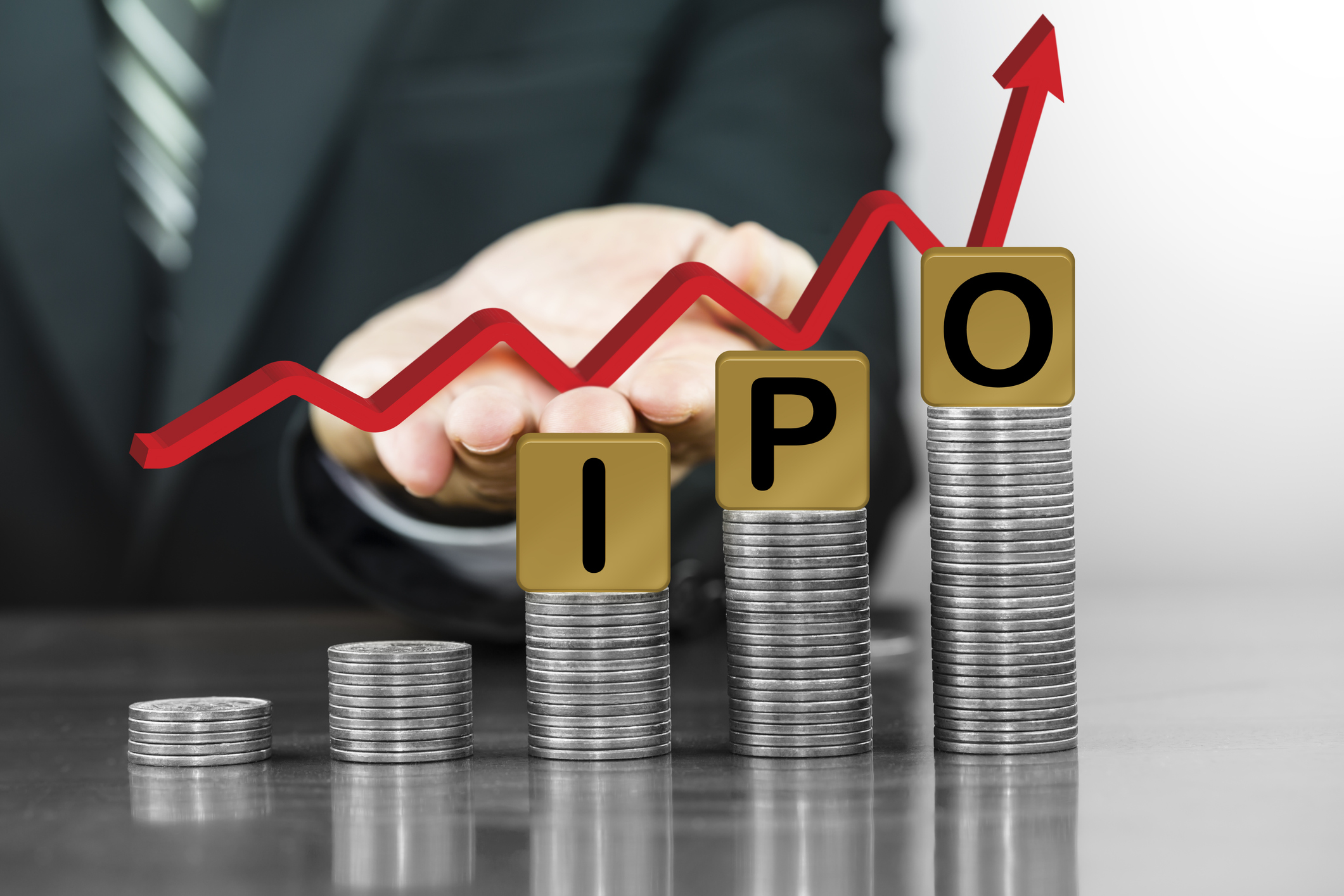Income stocks produce a relatively stable income stream for investors. They can use this income to cover their expenses or reinvest it to buy more shares. Another benefit of investing in income stocks is that they're less volatile than growth stocks. These features make them a good addition to any portfolio, especially when seeking more stability.
Here's how to create a passive income investing strategy. We'll also take a look at some of the best income stocks to buy.

What are income stocks?
There are many types of stocks. An income stock is one that pays a relatively reliable dividend -- a portion of the company's profits-- to its shareholders. Dividend payments are typically cash disbursements that some companies regularly send to their investors.
Most companies pay quarterly dividends, although some provide income only annually or semi-annually. A few companies pay monthly dividends, making them ideal income stocks.
Unlike growth stocks, which investors buy primarily because they expect the share price to increase, income stocks are attractive to investors who want to earn passive income in cash. Investors earn a dividend yield, which is calculated by dividing the total annual dividend payments by the stock price. If a stock that pays a quarterly dividend of $0.25 per share (equal to $1 in annual payments) is trading for $20 per share, then its dividend yield is 5%.
Best income stocks in 2025
The best income stocks offer an above-average dividend yield and have consistently increased their cash payouts over time. For example, a stock with dividend payments that increase by 10% annually doubles its cash payout to shareholders in a little more than seven years.
Dividend growth tends to drive a stock's price higher. Investors are typically willing to pay more for stocks that offer rising cash payouts, so investors in these companies enjoy the best of both worlds: passive income and stock price appreciation.
Here's a look at some of the best income stocks to consider.
| Name and ticker | Market cap | Dividend yield | Industry |
|---|---|---|---|
| Coca-Cola (NYSE:KO) | $300.6 billion | 2.92% | Beverages |
| Verizon Communications (NYSE:VZ) | $168.3 billion | 6.82% | Diversified Telecommunication Services |
| Realty Income (NYSE:O) | $51.5 billion | 5.75% | Retail REITs |
| Johnson & Johnson (NYSE:JNJ) | $495.8 billion | 2.50% | Pharmaceuticals |
| NextEra Energy (NYSE:NEE) | $166.2 billion | 2.84% | Electric Utilities |
1. Coca-Cola

NYSE: KO
Key Data Points
Coca-Cola (KO +0.34%) pays a well-above-average dividend. The beverage giant's dividend yield topped 3% in late 2025, more than double the S&P 500's dividend yield of less than 1.5%.
Coca-Cola also has a terrific record of increasing its dividend. The company delivered its 63rd consecutive annual dividend increase in early 2025. That kept it in the elite group of Dividend Kings, companies with 50 or more years of consecutive dividend increases.
The beverage behemoth should have no trouble continuing to supply investors with a rising stream of dividend income in the future. The company's long-term goal is to grow its earnings per share at a high single-digit annual rate. With its earnings on the rise and a strong balance sheet, Coca-Cola should have plenty of pop to continue pushing its payout higher.
2. Verizon

NYSE: VZ
Key Data Points
Wireless and broadband subscribers of telecommunications titan Verizon Communications (VZ +1.03%) provide a reliable base of revenue and cash flow. Verizon expects to generate between $19.5 billion and $20.5 billion of free cash flow after funding capital expenditures in 2025. That will easily cover its expected dividend outlay of around $11.5 billion.
Verizon's shares offered a hefty dividend yield of approaching 7% in late 2025. The telecom giant has also increased its dividend for 19 straight years, the longest current streak in the U.S. telecom sector. Its attractive and growing income stream makes Verizon a great stock for earning passive income.
3. Johnson & Johnson

NYSE: JNJ
Key Data Points
Healthcare behemoth Johnson & Johnson (JNJ +0.99%) pays a very healthy dividend. It offered a nearly 3% dividend yield in late 2025. Meanwhile, it has 63 straight years of dividend increases.
The healthcare company is a financial fortress. It had an elite AAA bond rating (higher than the U.S. government). Johnson & Johnson ended the second quarter of 2025 with $19 billion of cash against $51 billion of debt. Meanwhile, it produced $20 billion of free cash flow in 2024 (more than enough to cover its $11.8 billion dividend outlay).
Johnson & Johnson expects to grow its operational sales at a 5%-7% annual rate through 2030, driven in part by a target of growing its oncology sales to $50 billion by that year. Meanwhile, its strong balance sheet will give it the flexibility to make acquisitions to further boost its growth (it has invested $15 billion in the past year on inorganic growth initiatives). These factors put it in a strong position to continue increasing its dividend.
4. Realty Income

NYSE: O
Key Data Points
Realty Income (O +1.32%) has been a dependable income stock over the years. The real estate investment trust (REIT) delivered its 112th consecutive quarter of dividend increases in late 2025 and has boosted its payout 132 times since its initial public offering (IPO) in 1994. It has delivered more than 30 years of dividend growth, putting it in the elite category of the Dividend Aristocrats®. (The term Dividend Aristocrats® is a registered trademark of Standard & Poor's Financial Services LLC.)
The REIT focuses on buying essential retail properties (think home improvement, grocery, and convenience stores), industrial real estate, and other properties (data centers and gaming). It triple-net leases (NNN) the freestanding properties to high-quality tenants, making them responsible for building insurance, maintenance, and real estate taxes and providing Realty Income with very stable income.
It steadily buys new income-producing properties, which should allow the trust to continue increasing its attractive monthly dividend. Realty Income yielded around 5.5% in late 2025.
5. NextEra Energy

NYSE: NEE
Key Data Points
NextEra Energy (NEE +0.83%) has an excellent income track record. The utility is also a Dividend Aristocrat, with 30 years of consistent dividend growth. Over the past two decades, NextEra has increased its dividend at a 10% annualized rate.
It's one of the leaders in producing renewable energy and has an extensive backlog of development projects. Combine that growth with the stability of its utility operations, and NextEra should have plenty of power to keep expanding its earnings and dividend in the future. The company expects to increase its payout (which yielded around 3% in late 2025) by around a 10% annual rate at least through 2026.
Income stocks vs. value stocks vs. growth stocks
Income, value, and growth stocks are different categories of stocks based on what they offer investors. Here are some key characteristics of each group and what type of investors might be more interested in the different categories:
- Income stocks: An income stock is any company that pays a higher-yielding dividend that investors would purchase to produce passive income. Some companies tend to lean more towards income generation due to their stable cash flows and slower growth profiles. For example, many pipeline stocks, REITs, and utilities tend to be good income stocks. Income stocks are ideal investments for retirees or those seeking lower-risk investments.
- Value stocks: Value stocks are companies that trade at lower valuations compared to the broader market, their closest peers, or their historical average. Value stocks often trade at a lower valuation for a reason. They've encountered financial difficulties, their growth rate has slowed, they're facing increased competition, or the market has sold off. Investors such as Warren Buffett prefer to invest in value stocks because they believe they can earn attractive returns by paying a reasonable price for a quality company. Many value stocks pay dividends, which can also make them attractive income stocks.
- Growth stocks: Growth stocks are companies growing their revenue at above-average rates. They tend to be earlier-stage companies or those capitalizing on a major growth trend, such as cloud computing or artificial intelligence (AI). Many growth stocks trade at higher valuations and often don't pay dividends or have very low yields. Growth stocks are ideal for younger investors or those seeking above-average returns.
How to create an income investing strategy
One way to generate significant investment income is to build a portfolio of stocks based on their ability to produce dividend income. In addition to buying income stocks, you can purchase shares in mutual funds and exchange-traded funds (ETFs) that focus on dividend-paying stocks.
The objective of any income investing strategy is to create and benefit from a diversified portfolio of income-generating stocks. Owning many income-producing stocks from a variety of industries can offset the impact on your portfolio from any one company reducing or suspending its dividend, whether due to market conditions, financial struggles, or both. An income-focused diversification strategy should ensure that you generate enough steady income to meet your needs.
Related investing topics
How to invest in stocks
Anyone can invest in income stocks. Here's a step-by-step guide on how to add income stocks to your investment portfolio:
- Open your brokerage app: Log in to your brokerage account where you handle your investments.
- Search for the stock: Enter the ticker or company name into the search bar to bring up the stock's trading page.
- Decide how many shares to buy: Consider your investment goals and how much of your portfolio you want to allocate to this stock.
- Select order type: Choose between a market order to buy at the current price or a limit order to specify the maximum price you're willing to pay.
- Submit your order: Confirm the details and submit your buy order.
- Review your purchase: Check your portfolio to ensure your order was filled as expected and adjust your investment strategy accordingly.


















